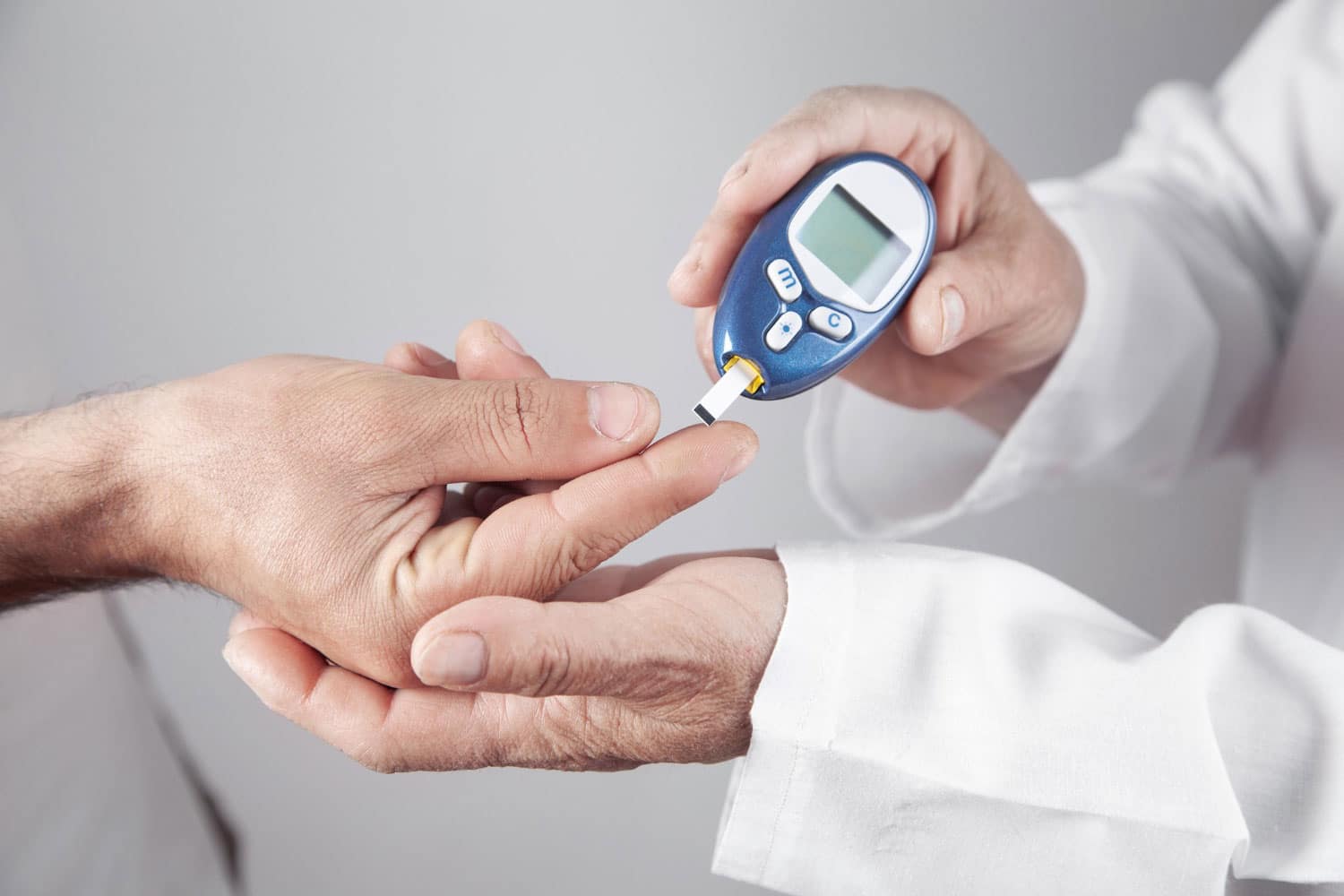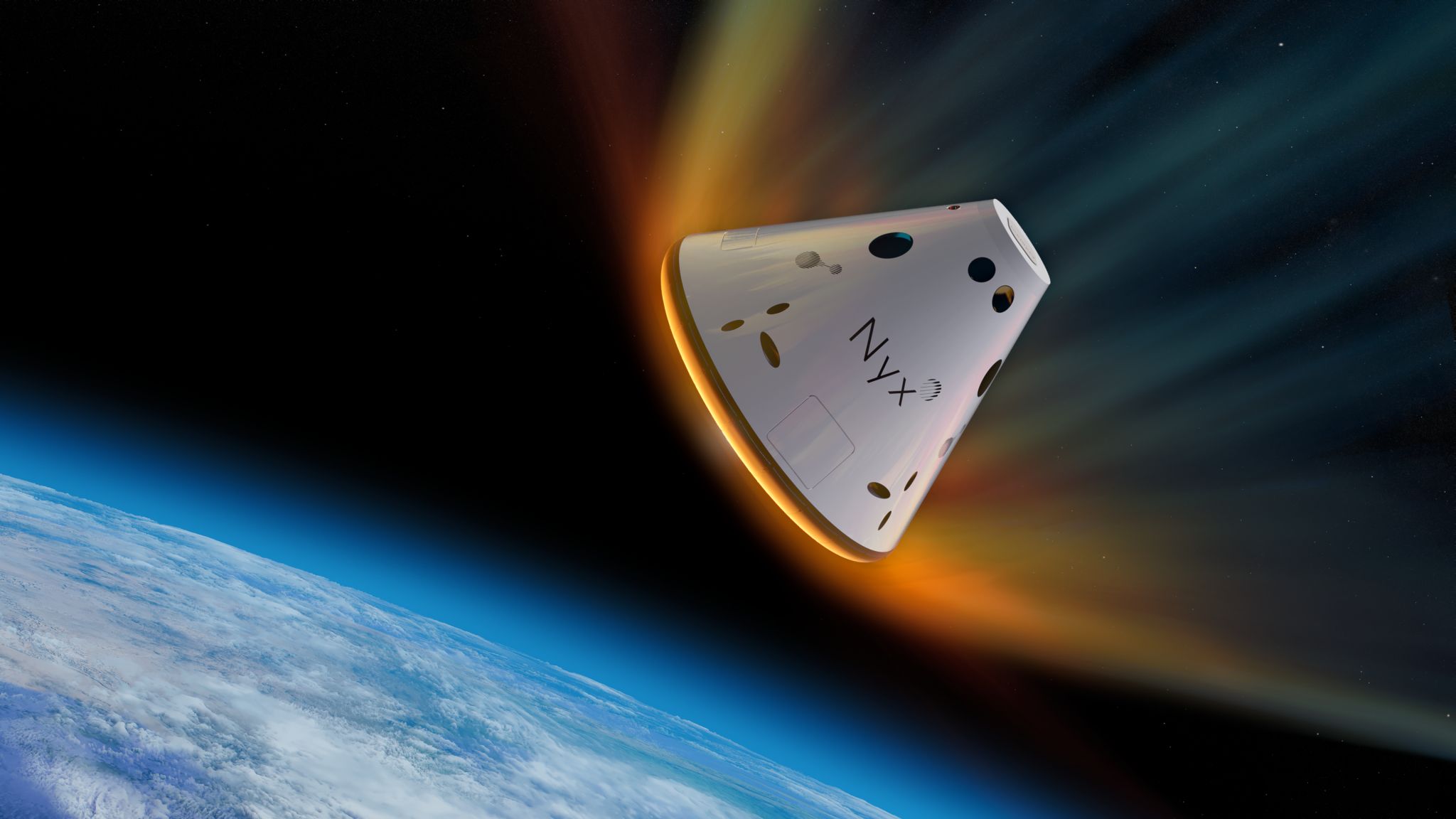NASA’s James Webb Space Telescope will be more extreme than its famous predecessor in a variety of ways, including its cosmic locale.
The $10 billion Webb is considerably bigger, more complex and more powerful than the Hubble Space Telescope, which has been studying the heavens from Earth orbit for more than three decades.
And the new observatory, which is scheduled to launch on Dec. 25, will be going much farther afield as well — all the way out to the Sun-Earth Lagrange Point 2 (L2), about 930,000 miles (1.5 million kilometers) from our planet in the Marsward (not sunward) direction.
Related: Building the James Webb Space Telescope (gallery)
Lagrange points are gravitationally stable spots where spacecraft can more or less “park,” maintaining the same relative position without expending much fuel. But Webb isn’t going to L2 for propellant conservation. It’s going there to stay cool.
Webb is optimized to view the universe in infrared (IR) light, long wavelengths that we feel as heat. (Hubble, by contrast, views mainly in visible and ultraviolet wavelengths). To pick up the faintest IR signals, Webb’s scientific instruments must stay incredibly frosty. So the observatory sports a five-layer sunshield that will be about as big as a tennis court when it’s fully unfurled.
But the sunshield won’t provide the requisite protection if it’s facing away from the sun. And that’s where L2 comes in.
“What is special about this orbit is that it lets the telescope stay in line with the Earth as it moves around the sun,” NASA officials wrote in an L2 explainer.
“This allows the satellite’s large sunshield to protect the telescope from the light and heat of the sun and Earth (and moon),” they added. “This is why the telescope will be out at the second Lagrange point.”
If all goes according to plan, Webb’s instruments will operate at around minus 370 degrees Fahrenheit (minus 225 degrees Celsius). Meanwhile, temperatures on the telescope’s hot side —where Webb’s solar panels, communications antenna and other non-scientific gear are located — will hover around 185 degrees Fahrenheit (88 degrees C).
“The temperature difference between the hot and cold sides of the telescope is huge — you could almost boil water on the hot side, and freeze nitrogen on the cold side!” NASA officials wrote.
The distance to L2 highlights another key difference between Hubble and Webb. The older Hubble telescope was designed to be serviced by spacewalking astronauts, who repaired and upgraded Hubble five times between 1993 and 2009. The first of these missions was especially important, fixing a flaw in Hubble’s primary mirror that caused the scope’s initial images to be disappointingly blurry.
But 930,000 miles is too far to send astronauts, so Webb — which sports a 21.3-foot (6.5 meters) primary mirror, nearly three times wider than that of Hubble — will be on its own at L2.

After launch, it’ll take Webb about 30 days to get to its destination. Once ensconced in orbit around L2 — Webb will circle the point, not simply sit in it — and fully checked out, the telescope will begin an ambitious and varied observing campaign. Webb will study some of the universe’s first stars and galaxies and sniff the atmospheres of nearby exoplanets for possible signs of life, among many other tasks.
Webb won’t be the first spacecraft to set up shop at L2. NASA’s Wilkinson Microwave Anisotropy Probe operated there (from 2001 to 2010), as did the European Space Agency’s (ESA) Herschel space telescope (2009 to 2013) and Planck probe (2009 to 2013).
And a number of others have worked at Sun-Earth L1, which is 930,000 miles from Earth in the sunward direction. Those probes include the NASA-ESA Solar and Heliospheric Observatory and the Deep Space Climate Observatory, a joint project of the U.S. National Oceanic and Atmospheric Administration and NASA.
There are a total of five sun-Earth Lagrange points. L3 is in line with L1 and L2, but on the other side of the sun. L4 and L5 are 60 degrees ahead of and behind Earth, respectively, on our planet’s orbital path.
Editor’s note: This story has been updated with the most recent launch date of Dec. 25.
Mike Wall is the author of “Out There” (Grand Central Publishing, 2018; illustrated by Karl Tate), a book about the search for alien life. Follow him on Twitter @michaeldwall. Follow us on Twitter @Spacedotcom or on Facebook.

Michael was a science writer for the Idaho National Laboratory and has been an intern at Wired.com, The Salinas Californian newspaper, and the SLAC National Accelerator Laboratory. He has also worked as a herpetologist and wildlife biologist. He has a Ph.D. in evolutionary biology from the University of Sydney, Australia, a bachelor’s degree from the University of Arizona, and a graduate certificate in science writing from the University of California, Santa Cruz.
Note: This article have been indexed to our site. We do not claim legitimacy, ownership or copyright of any of the content above. To see the article at original source Click Here












